When it comes to textile manufacturing, rayon and viscose are two terms that are often used interchangeably. However, while they share similarities, there are significant differences between these two fabrics. In this article, we will explore the characteristics, manufacturing processes, and applications of rayon fabric and viscose, helping you understand their similarities and differences. What is Rayon Fabric? Rayon fabric is a semi-synthetic fiber made from regenerated cellulose. It is known for its soft texture, breathability, and versatility. Rayon fabric is highly absorbent and drapes beautifully, making it ideal for garments like dresses, blouses, and linings. But what sets it apart from other fabrics is its production process.
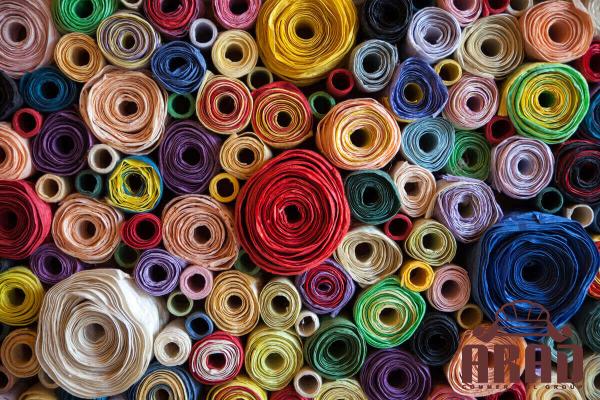
.
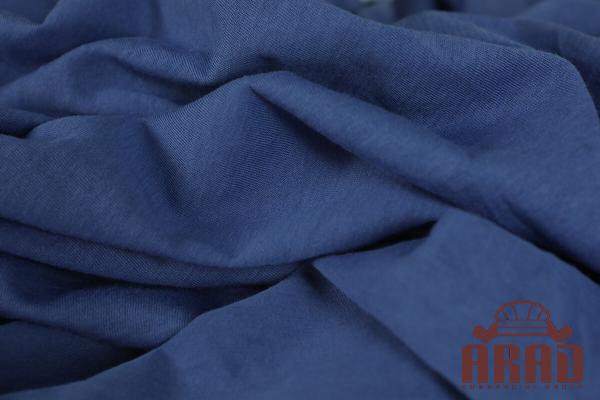 Manufacturing Process of Rayon Fabric: The process of manufacturing rayon fabric involves chemically treating cellulose, which can be sourced from various plants like bamboo, beech trees, or cotton linter. This cellulose is then dissolved in a chemical solution and extruded to create fine fibers. Through a process called spinning, these fibers are solidified into yarns and later woven or knitted into fabrics. What is Viscose? Viscose is often used as a synonym for rayon, and both terms are frequently used interchangeably. Viscose, however, is a specific type of rayon that goes through a slightly different production process. Viscose is derived from cellulose, just like rayon, but its manufacturing process involves a solution of cellulose that is forced through fine holes (spinnerets) into an acid bath. This process gives viscose a unique set of properties. Manufacturing Process of Viscose: To create viscose, the cellulose is chemically treated with sodium hydroxide and carbon disulfide. This mixture is then carefully filtered, ripened, and extruded through spinnerets into a sulfuric acid bath, where the cellulose is regenerated to form the viscose fibers.
Manufacturing Process of Rayon Fabric: The process of manufacturing rayon fabric involves chemically treating cellulose, which can be sourced from various plants like bamboo, beech trees, or cotton linter. This cellulose is then dissolved in a chemical solution and extruded to create fine fibers. Through a process called spinning, these fibers are solidified into yarns and later woven or knitted into fabrics. What is Viscose? Viscose is often used as a synonym for rayon, and both terms are frequently used interchangeably. Viscose, however, is a specific type of rayon that goes through a slightly different production process. Viscose is derived from cellulose, just like rayon, but its manufacturing process involves a solution of cellulose that is forced through fine holes (spinnerets) into an acid bath. This process gives viscose a unique set of properties. Manufacturing Process of Viscose: To create viscose, the cellulose is chemically treated with sodium hydroxide and carbon disulfide. This mixture is then carefully filtered, ripened, and extruded through spinnerets into a sulfuric acid bath, where the cellulose is regenerated to form the viscose fibers.
..
These fibers are then spun into yarns and woven or knitted into fabrics. Key Similarities and Differences: – Both rayon fabric and viscose are made from regenerated cellulose, giving them similar properties such as softness, breathability, and good drapability. – Rayon fabric is a broader term that encompasses various types of cellulose-based fibers, while viscose specifically refers to the cellulose fibers created using the viscose process. – Viscose has a lustrous appearance due to the acid bath during production, whereas rayon fabric can have different finishes depending on the specific manufacturing process employed. – Rayon fabric is relatively more durable than viscose, making it suitable for both regular wear and more demanding applications. – Viscose tends to shrink more than rayon during washing. Applications: Rayon fabric and viscose find applications in a wide range of industries, including fashion, home furnishings, and textiles.
…
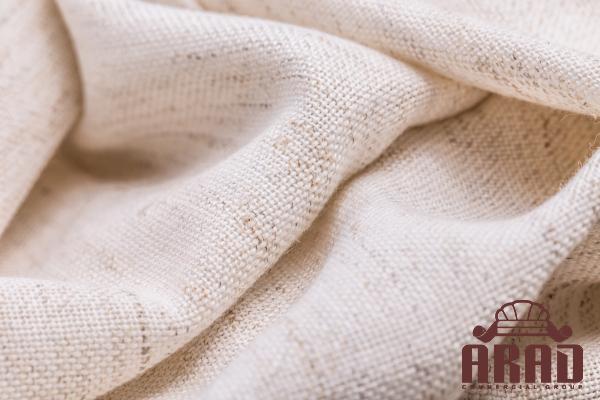 They are commonly used in clothing, such as dresses, shirts, blouses, and linings, as well as in upholstery, curtains, bedding, and more. Conclusion: While rayon fabric and viscose are often used interchangeably, it is essential to understand the key distinctions between the two. Both fabrics offer desirable qualities like softness and breathability, making them popular choices in the textile industry. By understanding the manufacturing processes and characteristics of rayon fabric and viscose, individuals and businesses can make informed decisions when it comes to selecting the most suitable fabric for their specific needs.
They are commonly used in clothing, such as dresses, shirts, blouses, and linings, as well as in upholstery, curtains, bedding, and more. Conclusion: While rayon fabric and viscose are often used interchangeably, it is essential to understand the key distinctions between the two. Both fabrics offer desirable qualities like softness and breathability, making them popular choices in the textile industry. By understanding the manufacturing processes and characteristics of rayon fabric and viscose, individuals and businesses can make informed decisions when it comes to selecting the most suitable fabric for their specific needs.

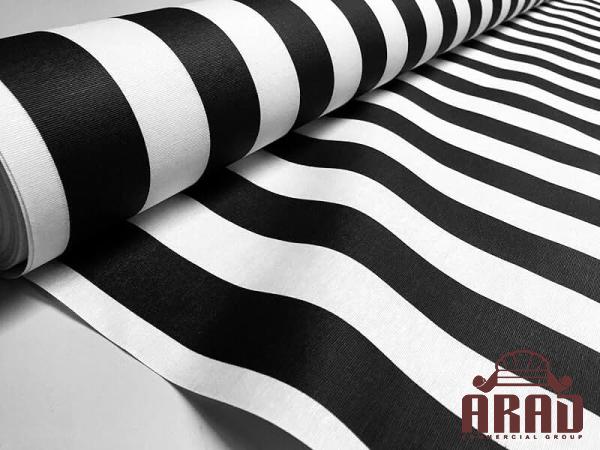
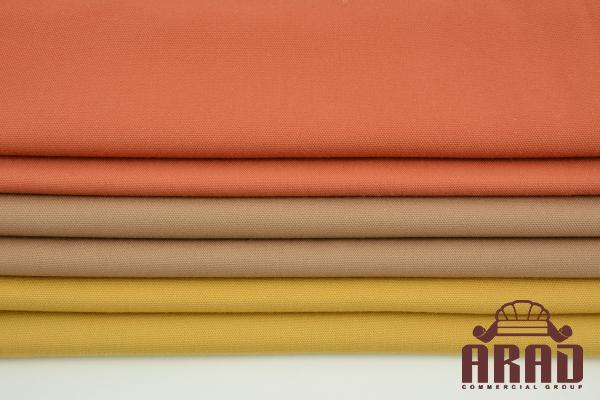
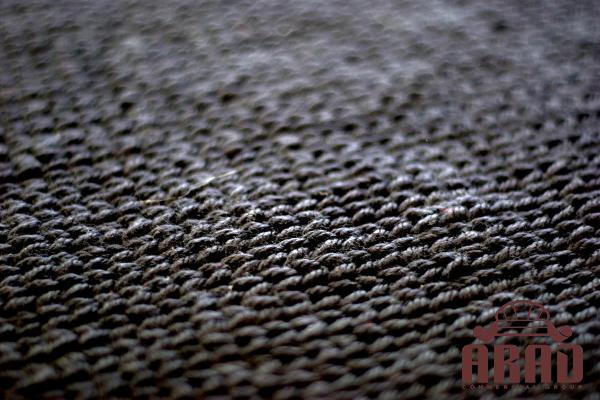
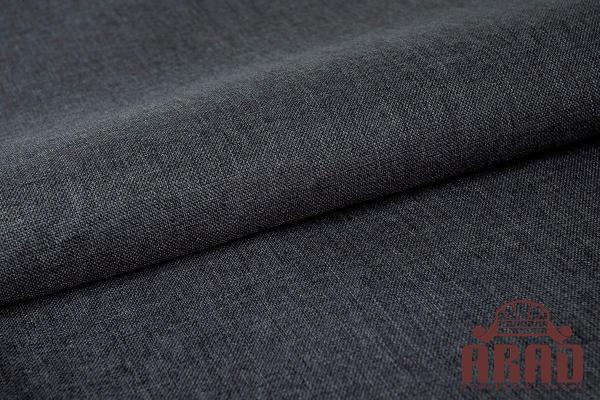

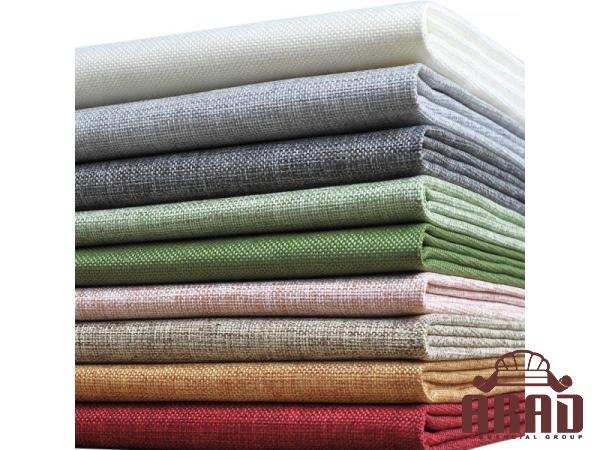
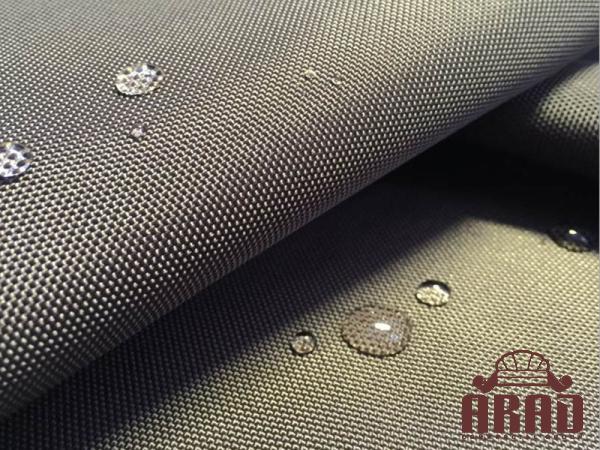
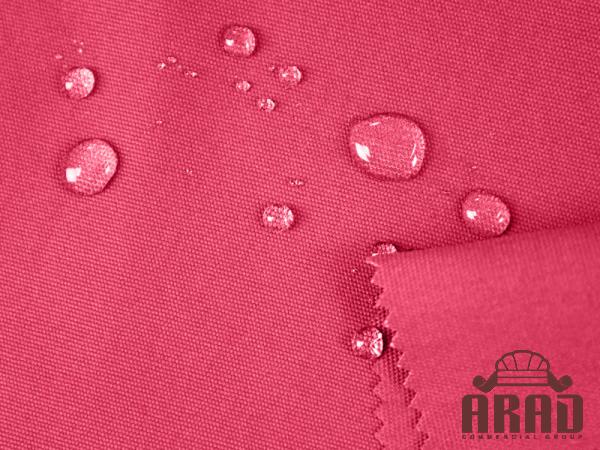
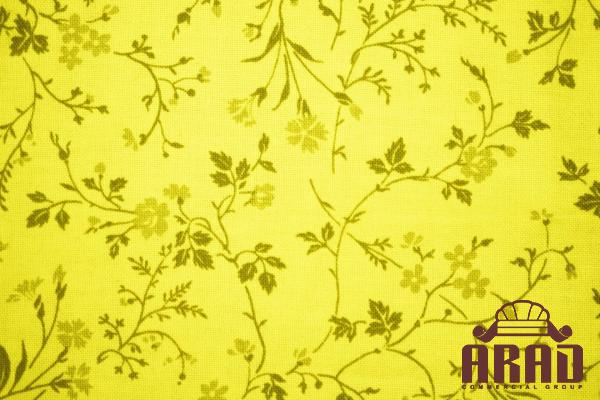
Your comment submitted.